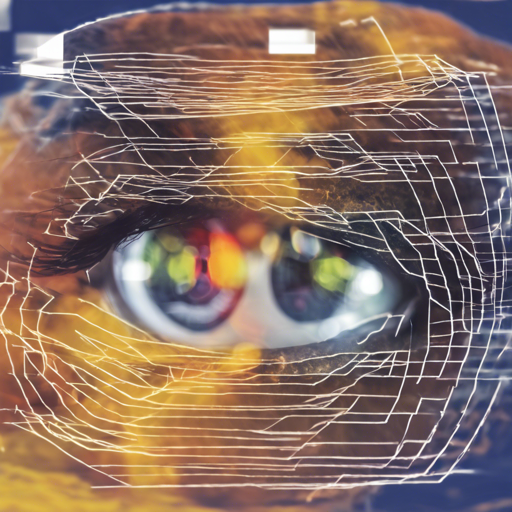In the realm of image processing, understanding the difference between sharp and blurry regions in images can enhance various applications, from computer vision to photography. This blog post guides you through implementing the Python library for detecting spatially-varying blur, based on the insightful paper titled Spatially-Varying Blur Detection Based on Multiscale Fused and Sorted Transform Coefficients of Gradient Magnitudes. Let’s dive into how this process works and how you can apply it in your projects.
Understanding the Secret Behind Blur Detection
Imagine trying to differentiate between a perfectly baked cake and a burnt one just by looking at the top. The top layer has varying visual signals depending on how the cake was baked — just like an image! In the case of blur detection, the high-frequency components in our image signal help reveal whether portions of it are sharp or blurry. Here’s a brief rundown of how this works based on the algorithm:
- The discrete cosine transform (DCT) converts the image from spatial domain to frequency domain, illuminating the variations within.
- DCT coefficients are categorized into low, medium, and high frequencies, focusing on the high frequencies to detect sharpness.
- The high-frequency coefficients are extracted across various resolutions and fused to create a master set of coefficients that highlights differences between sharp and blurry areas.
- Through pooling and filtering techniques, a final blur map is formed that visually represents the sharp and blurry regions of the image.
Installation and Running the Example
To get started, you need to install the library. Here’s a simple step-by-step guide:
Method 1: Use the Library
pip install blur_detectorNext, you will need to run the following script:
import blur_detector
import cv2
if __name__ == "__main__":
img = cv2.imread(image_name, 0)
blur_map = blur_detector.detectBlur(img, downsampling_factor=4, num_scales=4, scale_start=2, num_iterations_RF_filter=3)
cv2.imshow('Original Image', img)
cv2.imshow('Blur Map', blur_map)
cv2.waitKey(0)
Results of the Blur Detection
The outputs can illustrate various scenarios:
Algorithm Overview
To give you a clearer visual representation, here’s a diagram summarizing the workflow of the blur detection algorithm:

Development and Testing Environment
This repository utilizes Poetry as its package manager. Here’s how to set up your environment:
- Ensure your Python version is at least 3.7:
- Install Poetry if you don’t have it:
- Install all dependencies:
- Activate the virtual environment:
python --versionpython -m pip install poetrypoetry installpoetry shellAlternatively, run manually:
source path_to_venv/bin/activateTroubleshooting
If you encounter issues with installation or running the script, consider these troubleshooting steps:
- Verify that you have installed the correct version of Python (3.7 or above).
- Ensure all dependencies are installed without errors. If any dependencies fail to install, check your internet connection.
- Revisit the installation methods and ensure every step has been followed correctly.
- If you’re still facing issues, try using the command
deactivateto exit the virtual environment and re-running your setup.
For more insights, updates, or to collaborate on AI development projects, stay connected with fxis.ai.
Conclusion
At fxis.ai, we believe that such advancements are crucial for the future of AI, as they enable more comprehensive and effective solutions. Our team is continually exploring new methodologies to push the envelope in artificial intelligence, ensuring that our clients benefit from the latest technological innovations.





